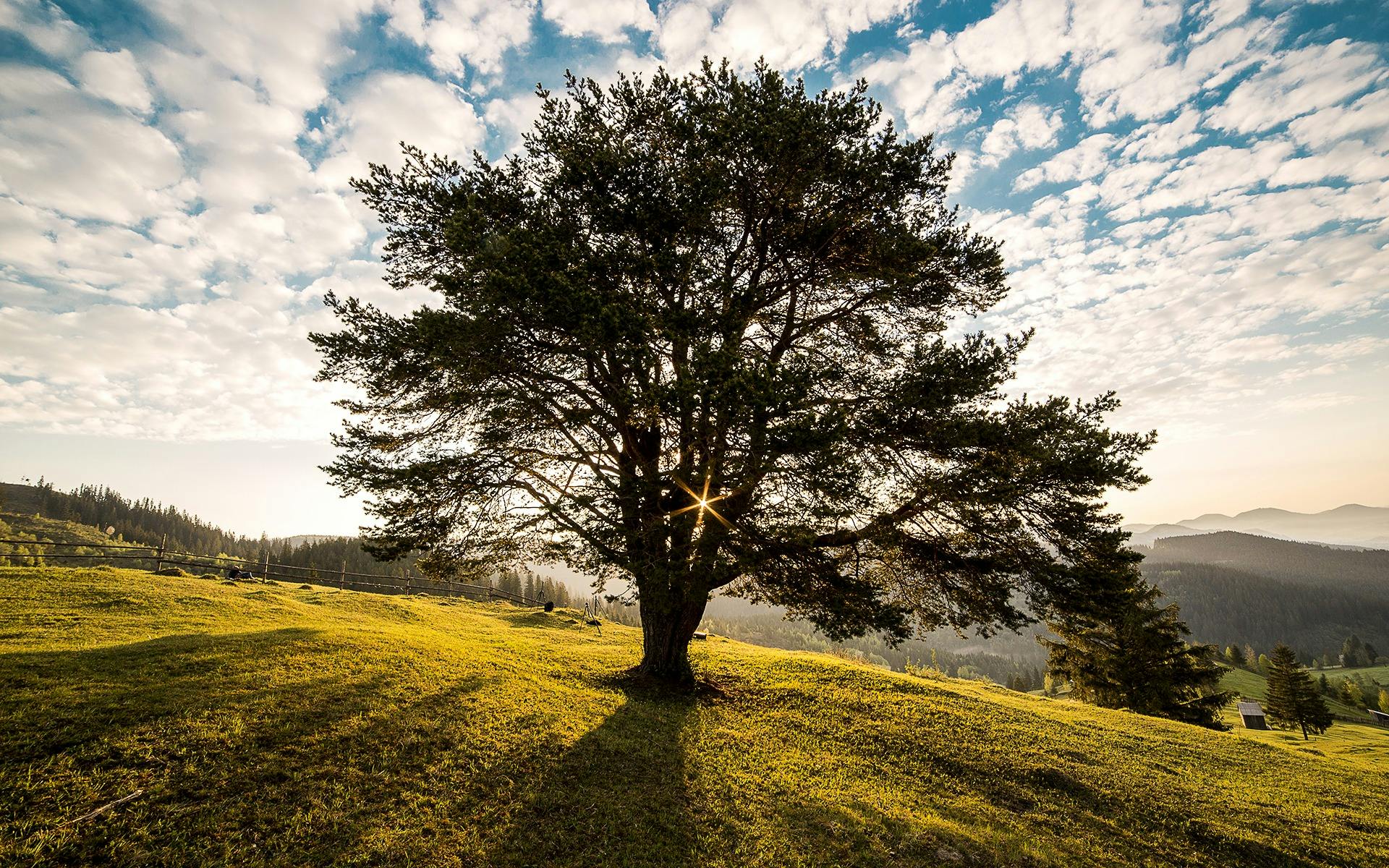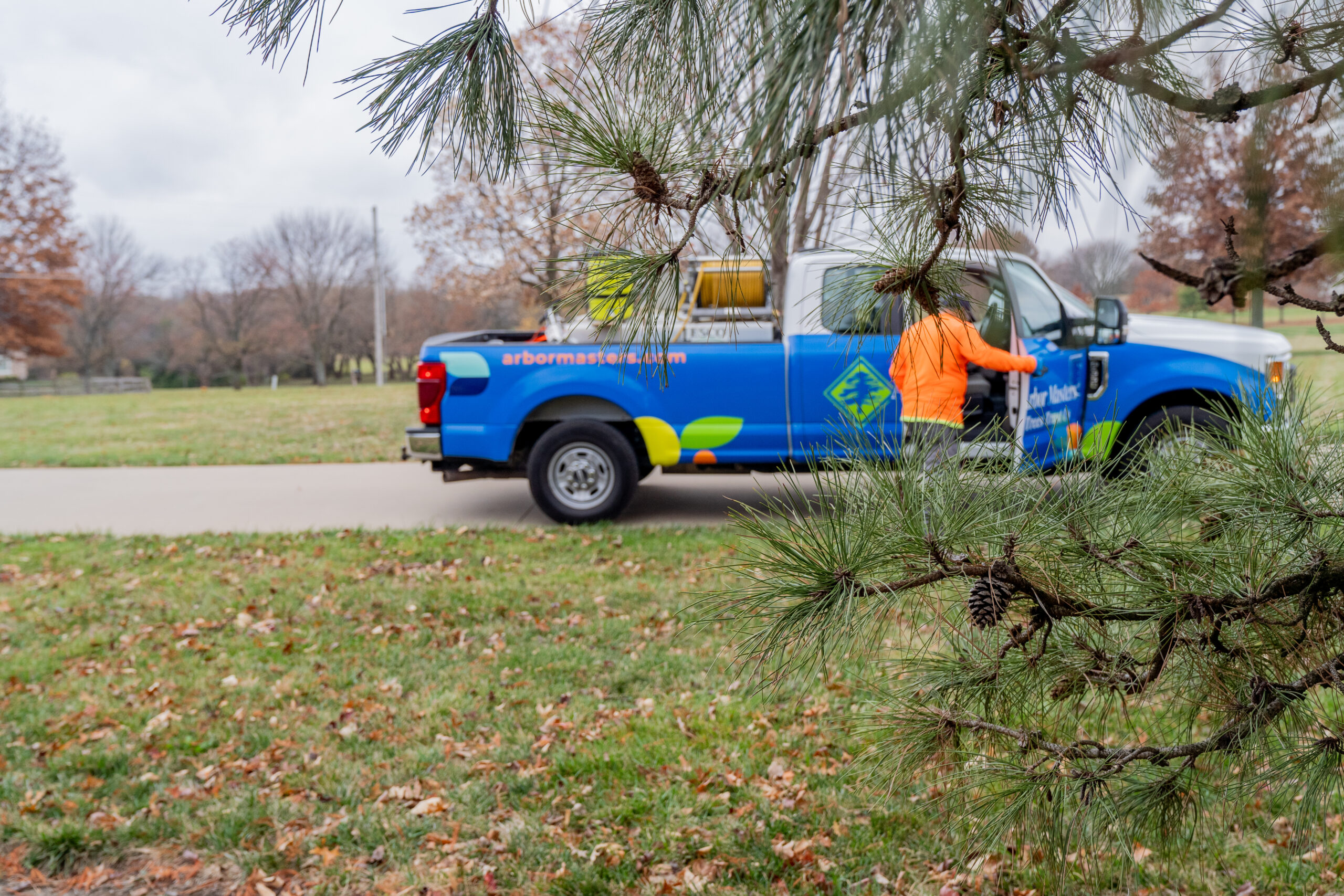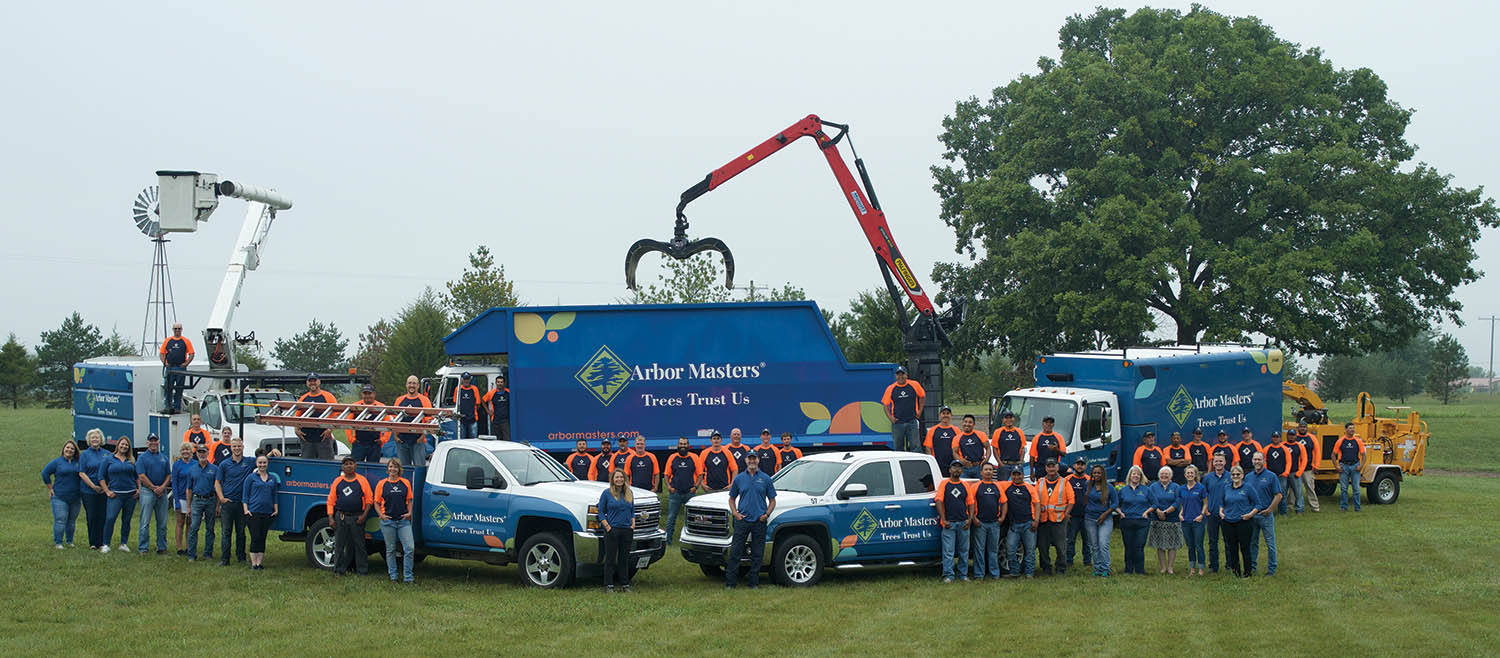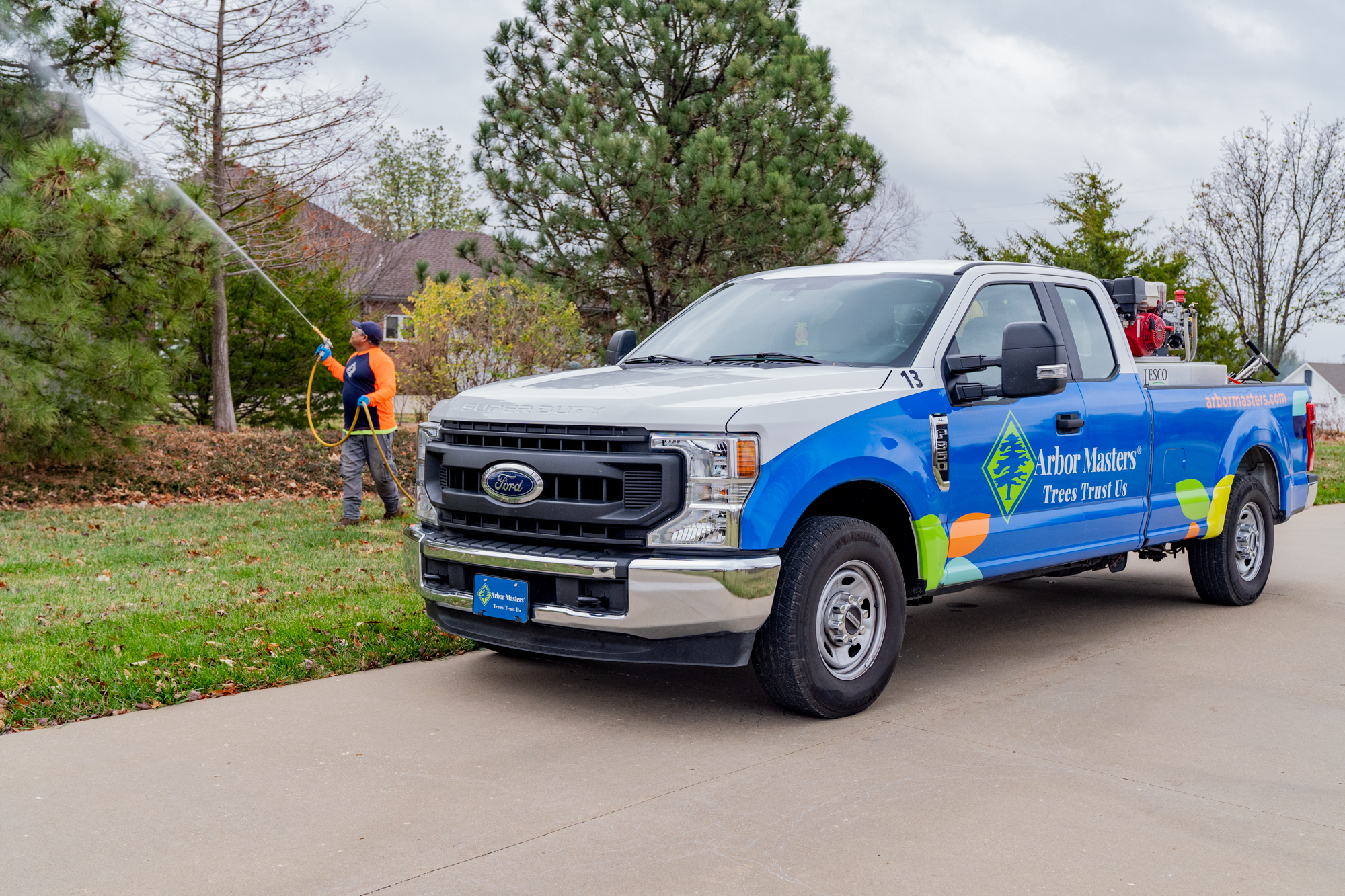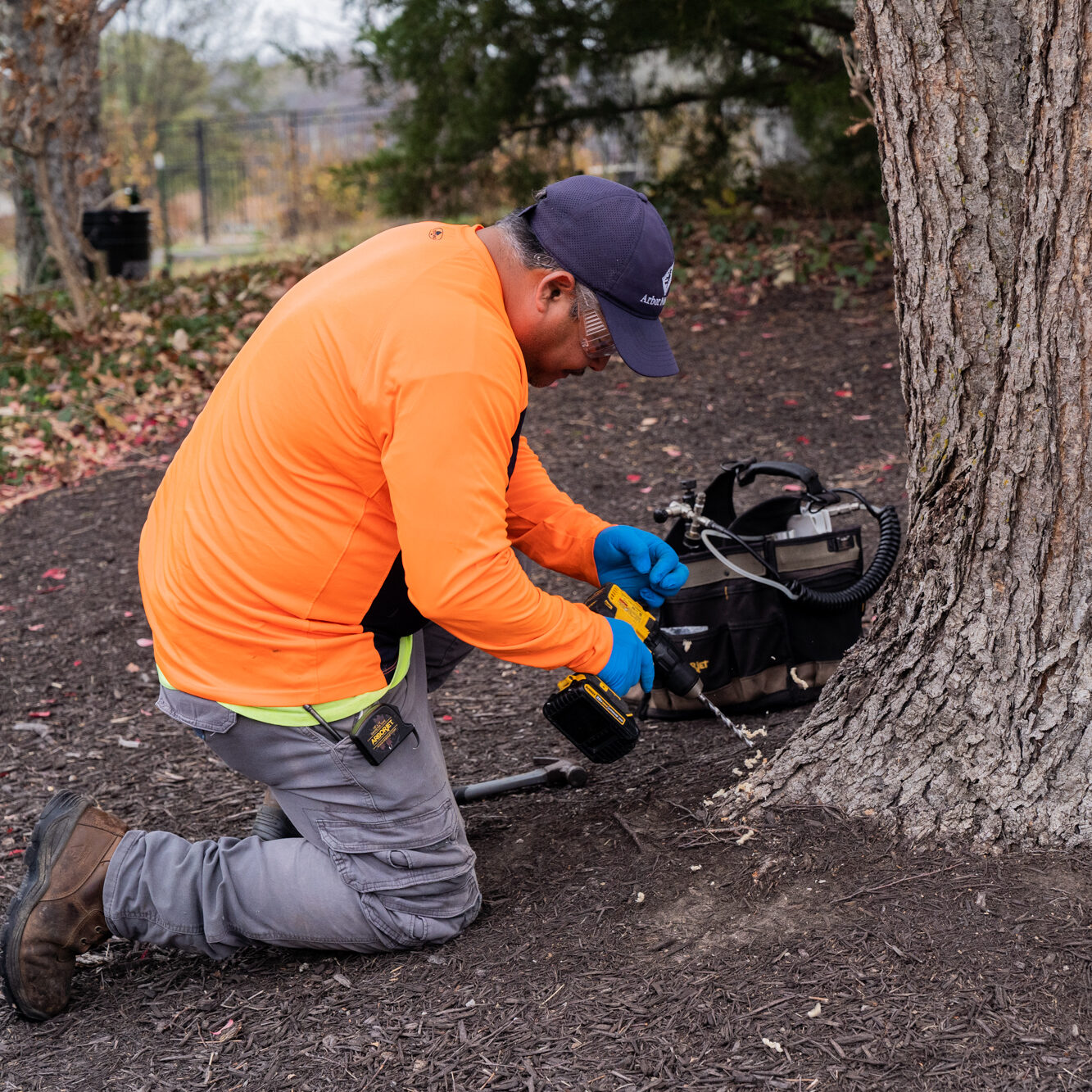Exploring the Beauty of Oklahoma Redbud Trees: A Delicate Shade of Crimson
In Oklahoma’s natural landscape, the redbud tree is a standout feature, adding a splash of unique charm with its distinct crimson shade. Native to the state, its vibrant purple or pink blossoms stand out against the backdrop of greenery, creating a visually stunning contrast. In this blog, we’re explaining why the Oklahoma redbud is special, highlighting its attractive features and providing tips on how to take proper care of it.
What is a Redbud Tree?
The redbud tree, a deciduous native of North America, is characterized by its heart-shaped leaves. It catches people’s attention with its pretty flowers. These flowers can be different colors, typically pink to purple, but there are also kinds with white or red flowers. The exact color depends on the specific type of redbud tree.
Beyond its aesthetic appeal, the redbud plays a crucial role in ecosystems, serving as a vital contributor to the interconnected web of life. Acting as a reliable source of food and shelter, these trees provide sustenance and refuge for wildlife, emphasizing their importance in maintaining the ecological balance of their native habitats.
Oklahoma Redbud Tree Leaves
The leaves of the Oklahoma redbud tree boast distinctive features that contribute to their unique allure. These heart-shaped leaves, with their vibrant green hue, play a dynamic role throughout the changing seasons. In spring, they emerge with a burst of freshness, creating a vivid contrast against the tree’s bare branches.
Seasonal Transformations
As summer unfolds, the leaves mature into a rich green, providing ample shade and contributing to the overall aesthetic appeal of the tree. Come fall, the leaves undergo a remarkable transformation, transitioning to warm hues of yellow, orange and even deep red, creating a stunning mosaic of colors before gracefully descending.
Waxy Protection
One notable adaptation lies in their waxy surface, which helps reduce water loss through evaporation, a crucial feature in the arid environments often encountered in Oklahoma. This protective layer not only conserves water but also shields the leaves from excessive sunlight, contributing to the tree’s ability to thrive in different habitats.
Functional Heart Shape
Furthermore, the heart-shaped form of the leaves serves a functional purpose beyond its aesthetic appeal. This shape is thought to optimize sunlight absorption, a critical aspect for the tree’s photosynthetic processes. By maximizing exposure to sunlight, the Oklahoma redbud efficiently converts solar energy into essential nutrients, ensuring its sustained growth.
Adaptability to Soil Types
In the context of the diverse ecosystems of Oklahoma, the adaptability of redbud leaves extends to their ability to tolerate a range of soil types. From clay to sandy soils, these leaves showcase a versatility that allows the tree to establish itself in various environments, playing a role in the ecological tapestry of the region.
 Oklahoma Redbud Tree Care
Oklahoma Redbud Tree Care
Caring for Oklahoma redbud trees requires attention to details tailored to the state’s unique environmental conditions. Proper care involves a nuanced understanding of sunlight, temperature and fertilization requirements to ensure optimal growth and longevity.
Sunlight
- Preferred Condition: Oklahoma redbud trees thrive under full to partial sunlight conditions, making them well-suited for locations with ample sunlight exposure.
- Ideal Location: When planting these trees, choose sites that receive at least six hours of direct sunlight daily. This ensures optimal photosynthesis and overall tree health. Ideal locations include open areas in gardens, yards or along the edges of wooded spaces, allowing the redbud to bask in the sunlight it craves.
- Protection Protocol: To safeguard against excessive sun exposure, consider planting redbuds in locations where they receive some afternoon shade, especially in regions with intense summer heat. Mulching around the base of the tree helps retain soil moisture and regulates temperature, providing an additional buffer against extreme conditions.
Temperature
- Requirements: Oklahoma redbud trees are generally hardy and adaptable to a range of temperatures. They thrive in USDA hardiness zones 5 through 9, showcasing their ability to withstand both warm and cold climates.
- Tolerance Variations: These trees are well-equipped to handle the temperature variations common in Oklahoma, including hot summers and cold winters.
- Protection Protocol: To protect against extreme temperatures, especially in winter, it is advisable to apply a layer of mulch around the base of the tree. This mulch acts as insulation, helping to regulate soil temperature and protect the tree’s root system. In cases of prolonged extreme cold or heat, additional measures such as providing shade during scorching summers or using frost cloth during cold snaps can be beneficial.
Fertilizer
- Importance of Proper Fertilization: Proper fertilization is crucial for the optimal growth and blooming of Oklahoma redbud trees.
- A Professional
- Protection Protocol: Arbor Masters professional Arborists will apply the fertilizer in early spring before new growth begins, ensuring it is evenly distributed around the tree’s drip line. This encourages healthy root development and supports the overall well-being of the tree. This should be repeated annually, adjusting the quantity based on the tree’s size and age.
Transform Your Landscape: Plant Oklahoma Redbuds Today!
In summarizing the exploration of Oklahoma redbud trees, we’ve unveiled their distinctive beauty, marked by heart-shaped leaves and vibrant blossoms. Beyond aesthetics, these native trees contribute to ecosystems, providing vital support to wildlife.
Turning to care, we revealed that redbuds thrive in full to partial sunlight, requiring strategic planting for at least six hours of daily exposure. Protective measures include mulching for moisture retention and considerations for temperature fluctuations. Fertilization tips advocate for a balanced, slow-release fertilizer in early spring to promote robust growth.
We encourage readers to consider planting Oklahoma redbud trees, not only for their unique beauty and adaptive features but also as a contribution to enhancing the state’s natural charm. Whether you’re an experienced gardener or a nature enthusiast, introducing these trees to your landscape promises a visually stunning addition while supporting Oklahoma’s natural splendor.
Contact your arborists at Arbor Masters today to learn more!

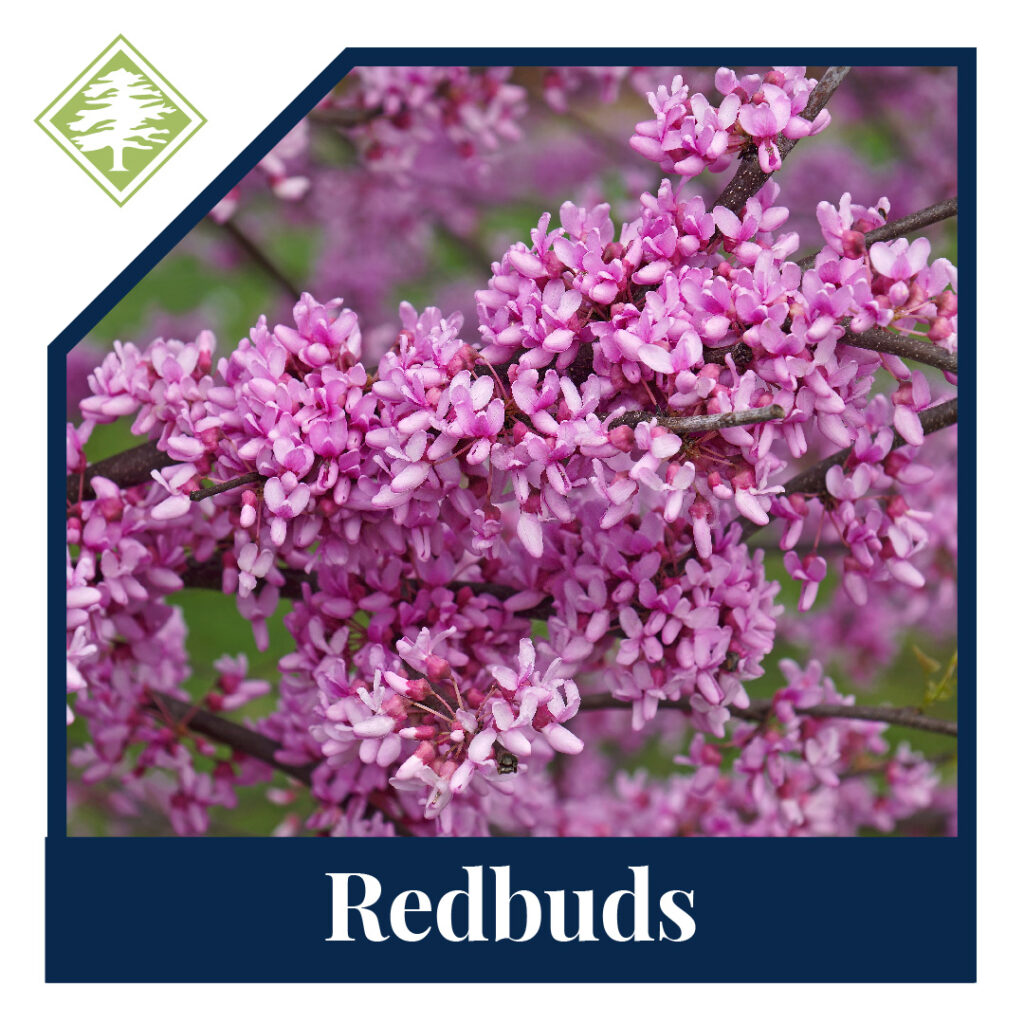
 Oklahoma Redbud Tree Care
Oklahoma Redbud Tree Care